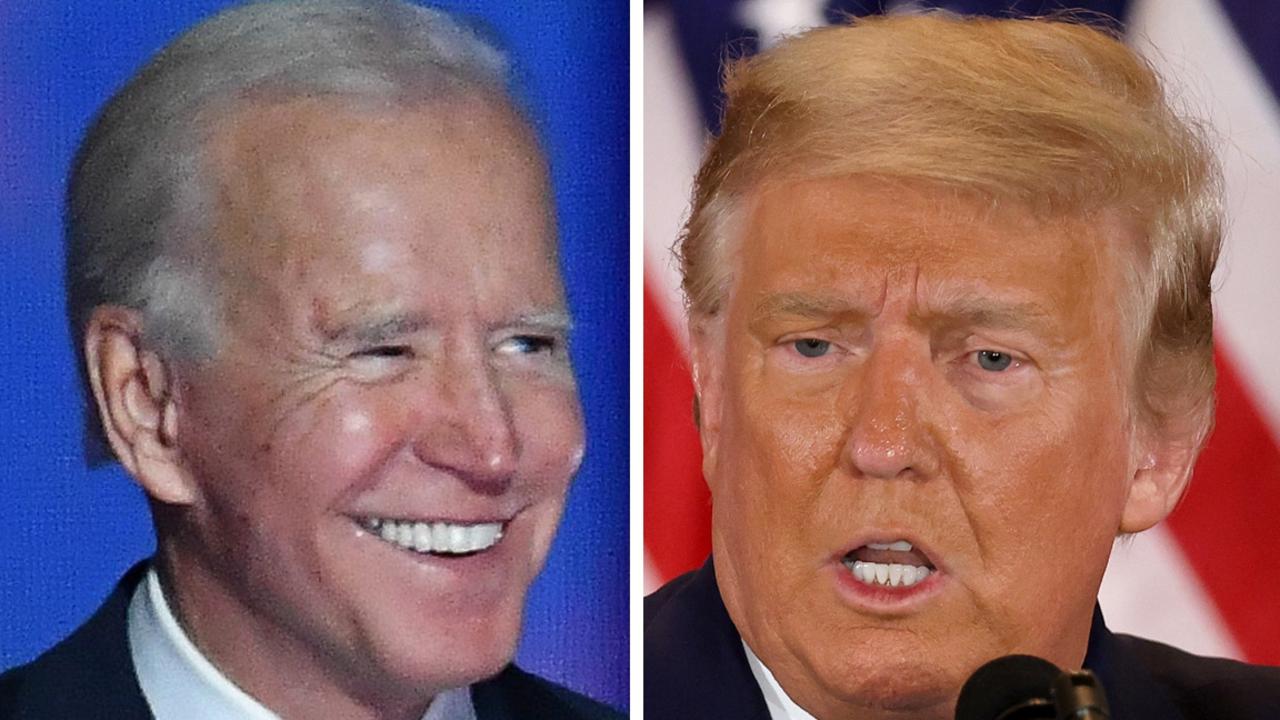TOKYO – Mazda Motor Corp., navigating a delicate shift to the electric vehicle era amid the launch of a new line of large crossovers, plans to finally unveil an updated midterm plan in November to fine-tune its EV strategy and unveil a new “brand purpose” that lays out a roadmap to 2030.
The Hiroshima-based carmaker had originally hoped to announce the revision last spring.
But the move was derailed by fresh uncertainty dumped on the market by the war in Ukraine, continuing pandemic lockdowns in China and ongoing upheaval in the global supply chain.
Rapidly shifting regulatory frameworks – as exemplified by new EV incentives provided for in the U.S. Inflation Reduction Act – added to the unpredictable market direction.
“It took a long time because there has been so much change,” said one executive familiar with the new plan. “We tried to absorb and take into account all the changes for a clear roadmap.”
Mazda announces fiscal second-quarters earnings on Nov. 10, and the updated business plan is expected to be announced afterward by the end of the month.
The new direction comes as Mazda readies the rollout of a clutch of new crossovers, the CX-70 and CX-90 in the United States and the CX-60 and CX-80 for Europe, Japan and other markets.
The Japanese carmaker is also rapidly recouping lost production from earlier in the year, and tilting output toward higher-margin crossovers bound for the key U.S. market.
Global production climbed 43 percent in September with exports to North America jumping 63 percent. Shipments to North America rose to 20,767, vehicles that month, accounting for 40 percent of Japanese exports. In March, North American exports totaled 14,834, just 31 percent of exports. “Now we are refilling inventory and performance is up,” the executive said.
Still, Mazda has a lot of catching up to do. The brand’s U.S. sales fell 21 percent to 215,391 through September, in an overall market down just 13 percent.
With the updated business plan, Mazda is likely to beef up its EV expectations but not by much.
The internal combustion stalwart still sees plenty of uncertainty about demand for EVs. Executives say U.S. dealers are also skeptical about short-term demand for battery-powered vehicles.
Mazda’s current target sees it deriving 25 percent of its global sales from battery EVs in 2030. That outlook calls for the balance of the portfolio to employ some other form of electrification.
Also on tap is a new “brand purpose” to augment the current brand motto of “fun to drive.”
The new credo, which has not yet been made public, will focus on Mazda’s determination to put humans at “the center of everything we do.” One executive called it “radically humanistic.”
The new midterm plan stretches to 2030 and will prioritize revenue per vehicle and profitability over volume. Under a current plan, Mazda has said it expects global sales of all types of vehicles to rise to 1.8 million units in the fiscal year ending March 31, 2026.
Assuming worldwide volume at that level or higher in 2030, the plan would amount to at least 450,000 EVs by then. Mazda plans to get there with a new EV platform debuting around 2025.
Mazda says it is still on track to revive its famed rotary engine in the current fiscal year, which ends March 31, 2023. It is expected to enter production early next year and go on sale first in Europe before the rapidly approaching target date, the executive said.
The rotary will debut in a plug-in hybrid version of the MX-30.
The engine won’t turn the wheels directly. It will act as a generator to recharge the battery. The battery will power an electric motor that drives the MX-30 just like a full-electric vehicle.
The return of the rotary, once envisioned as being released in conjunction with Mazda’s 100th year corporate anniversary in 2020, took longer as engineers tackled regulatory issues and worked to give the rotary some standout characteristics, even though it functions as a generator.
Among the calibrated qualities is a signature sound for the power plant and a more natural synchronization between pressing the accelerator pedal and activation of the engine.
This article is first published on Source link


